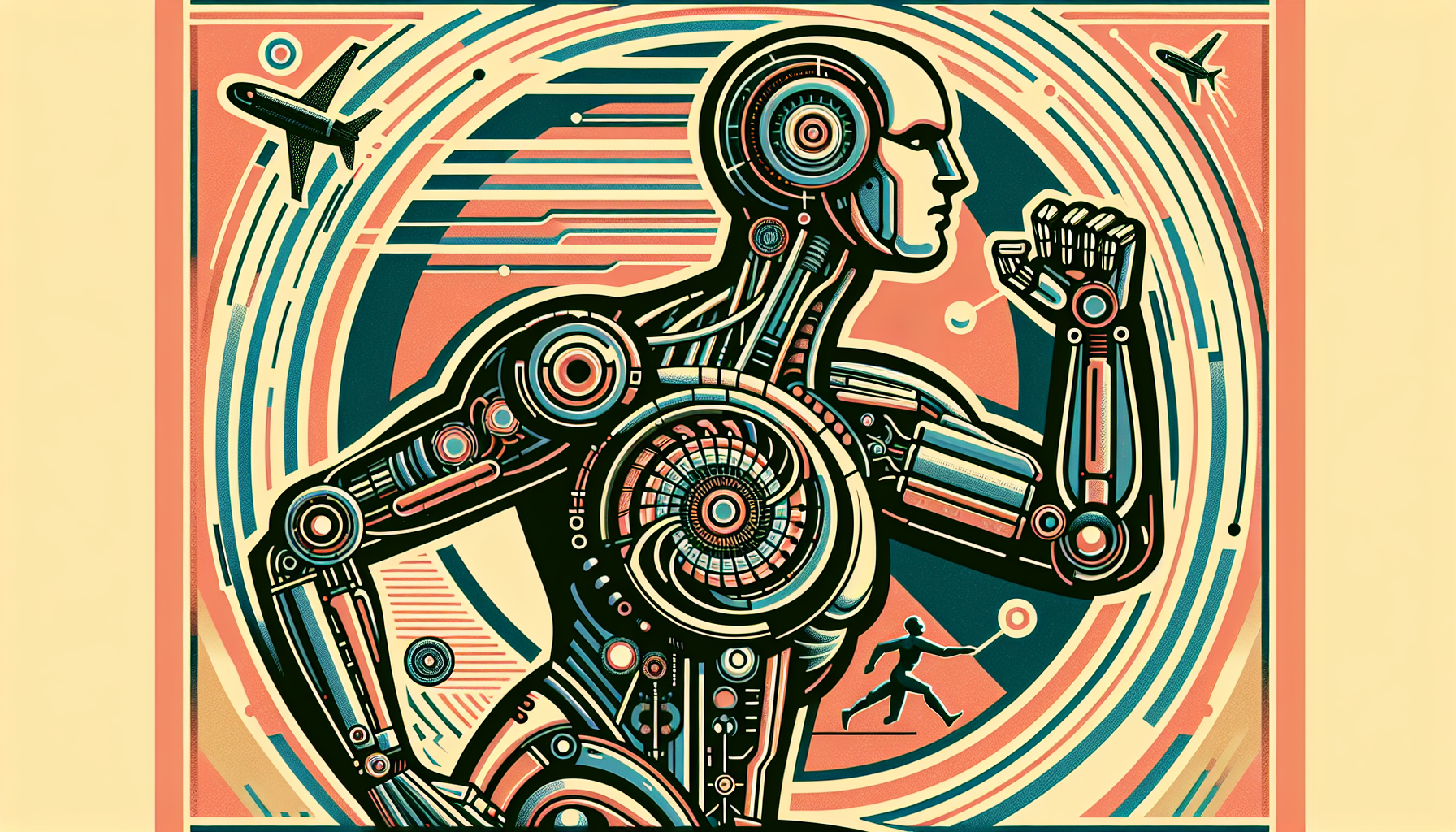Artificial intelligence is quietly reshaping the world around us. Among its most remarkable achievements is the creation of humanoid robots—machines that not only think, but also move and act with a grace that echoes our own. One of the most advanced of these robots is Xpeng’s “Iron.” With every innovation, it’s becoming ever clearer that our future workforce will look very different from what we know today.
The Dawn of a New Kind of Worker
Xpeng’s Iron stands tall at nearly 5 feet 8 inches, its form shaped to closely resemble the human body. Weighing about 154 pounds, it carries within a frame of 60 joints and 200 degrees of freedom. This design is not just for appearance—it allows Iron to move as smoothly as a person, bending, reaching, and even performing the delicate gestures of a human hand. Its hands alone have 22 separate degrees of freedom, enabling it to grasp, hold, and manipulate objects with astonishing precision.
At the core of Iron’s abilities is a custom-built Turing AI chip, a piece of technology that can process an astounding 3,000 trillion operations every second. This means Iron doesn’t just do what it’s told; it can learn, plan, and carry out challenging tasks with a kind of intelligence that was once reserved for science fiction.
Capabilities That Set It Apart
- Unmatched Dexterity: Iron’s fingers move independently, copying the many tiny movements humans use in daily life. This allows Iron to handle fragile items or assemble complex components with care and accuracy.
- Bridging Technologies: Iron borrows technology from Xpeng’s self-driving cars. By merging robotics with automotive advancements, Iron is equipped to understand its environment, make decisions, and move safely in unpredictable spaces.
- Lifelong Learning: Using advanced AI models and reinforcement learning, Iron improves with every task. It can adapt to new jobs, workplaces, and challenges, making it a valuable helper wherever adaptability is required.
Redefining Where and How We Work
Right now, Iron is lending its strength and insight to the electric vehicle industry, helping put together the very cars that may soon drive themselves. But its future reaches beyond car factories. Xpeng imagines Iron serving in offices, assisting in customer service, and even helping with household chores at home.
The possibilities are truly broad. With its gentle touch and thoughtful mind, Iron can become a part of teams in manufacturing, logistics, healthcare, and hospitality. Wherever repetitive or careful work is needed, this humanoid robot is capable of stepping in.
Rethinking Our Role in the Workplace
The rise of robots like Iron will bring changes not just to how work is done, but to what work means for humans. As more tasks are taken over by machines, jobs built around repetition and precision may fade. Yet, new opportunities will also arise—there will be a growing need for people who can design, maintain, and guide these advanced robots.
Humans and robots will increasingly work side by side. Iron is not only a replacement, but also a collaborator, taking on the hardest or most dangerous jobs and leaving humans free to focus on creativity, problem-solving, and personal connections.
Looking Forward
The age of AI-powered humanoid robots is upon us. Xpeng’s Iron stands as a symbol—a testament to how far technology has come and a quiet promise of what’s yet to be achieved. As we witness these machines shaping our industries and our lives, it becomes essential to reflect not just on what we can build, but on how we build a future where humans and machines thrive together.

Leave a Reply